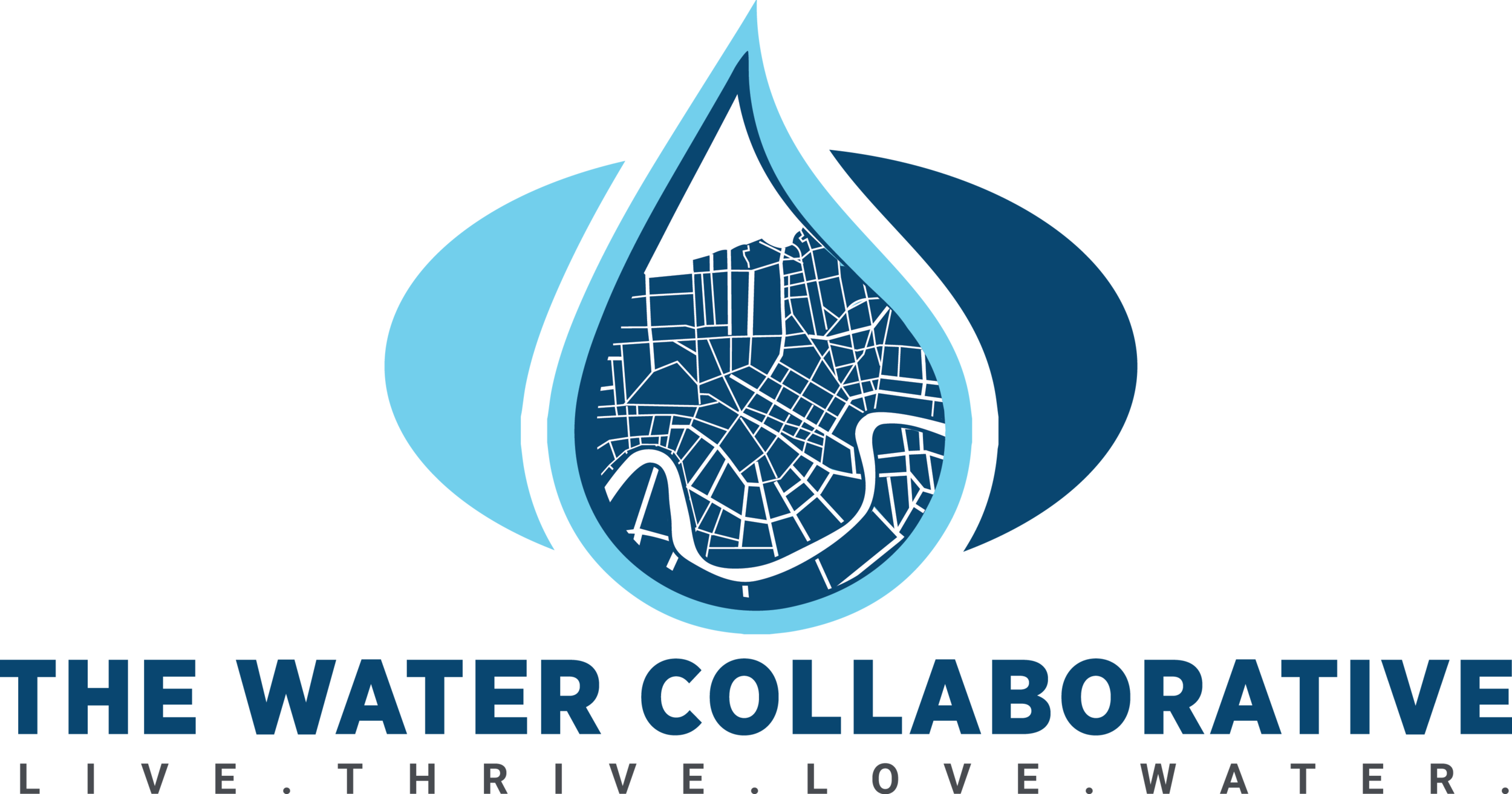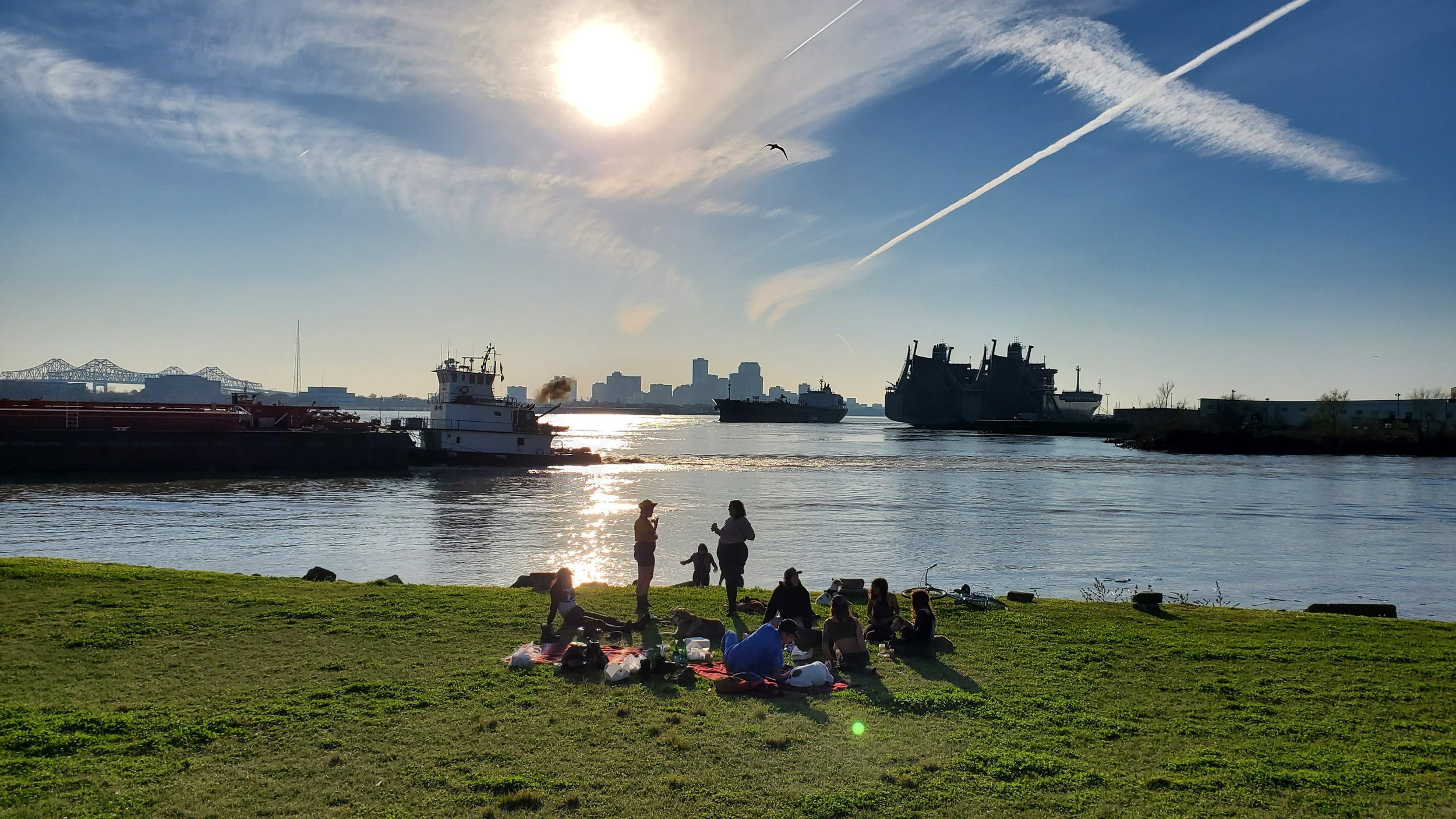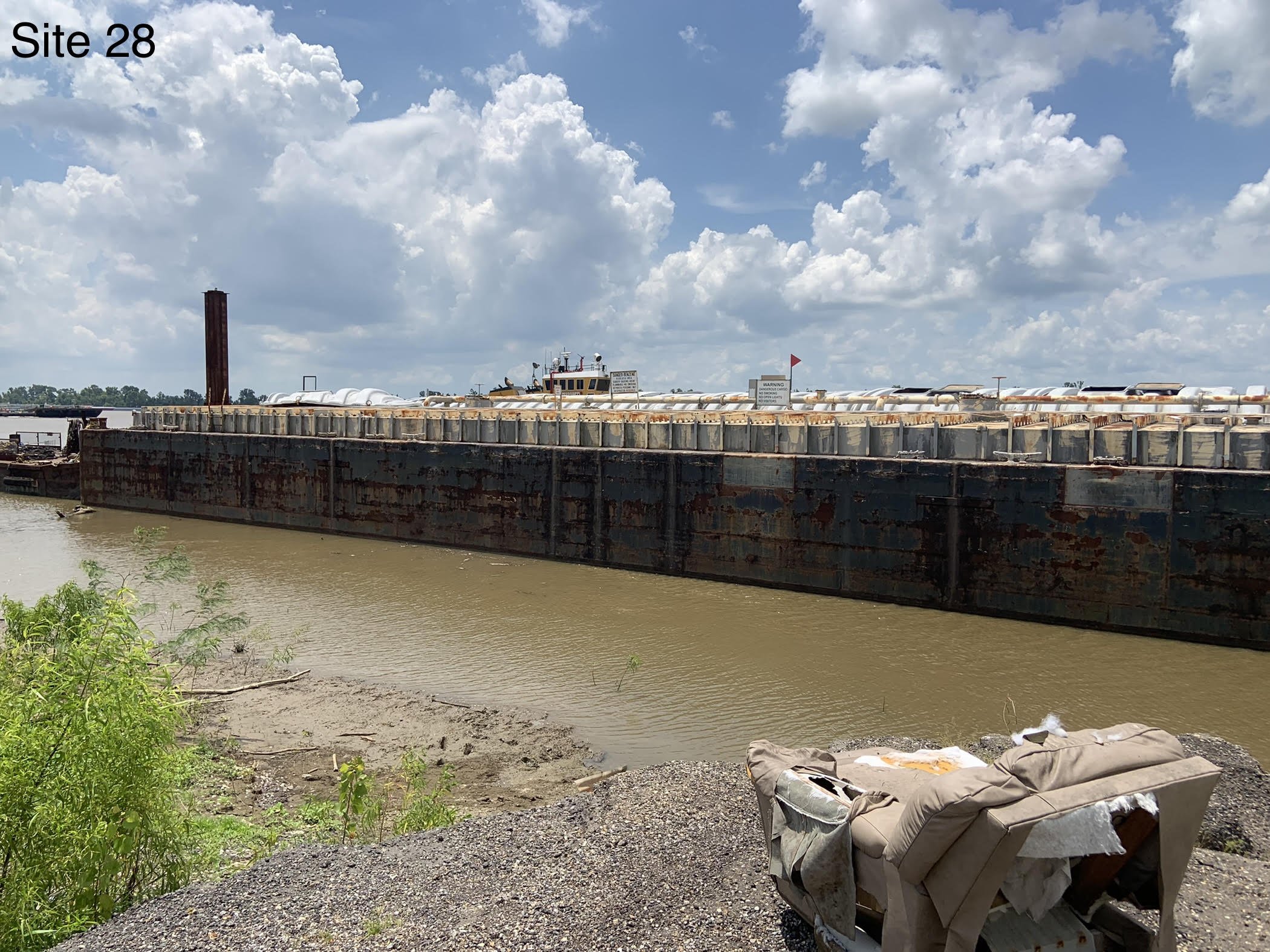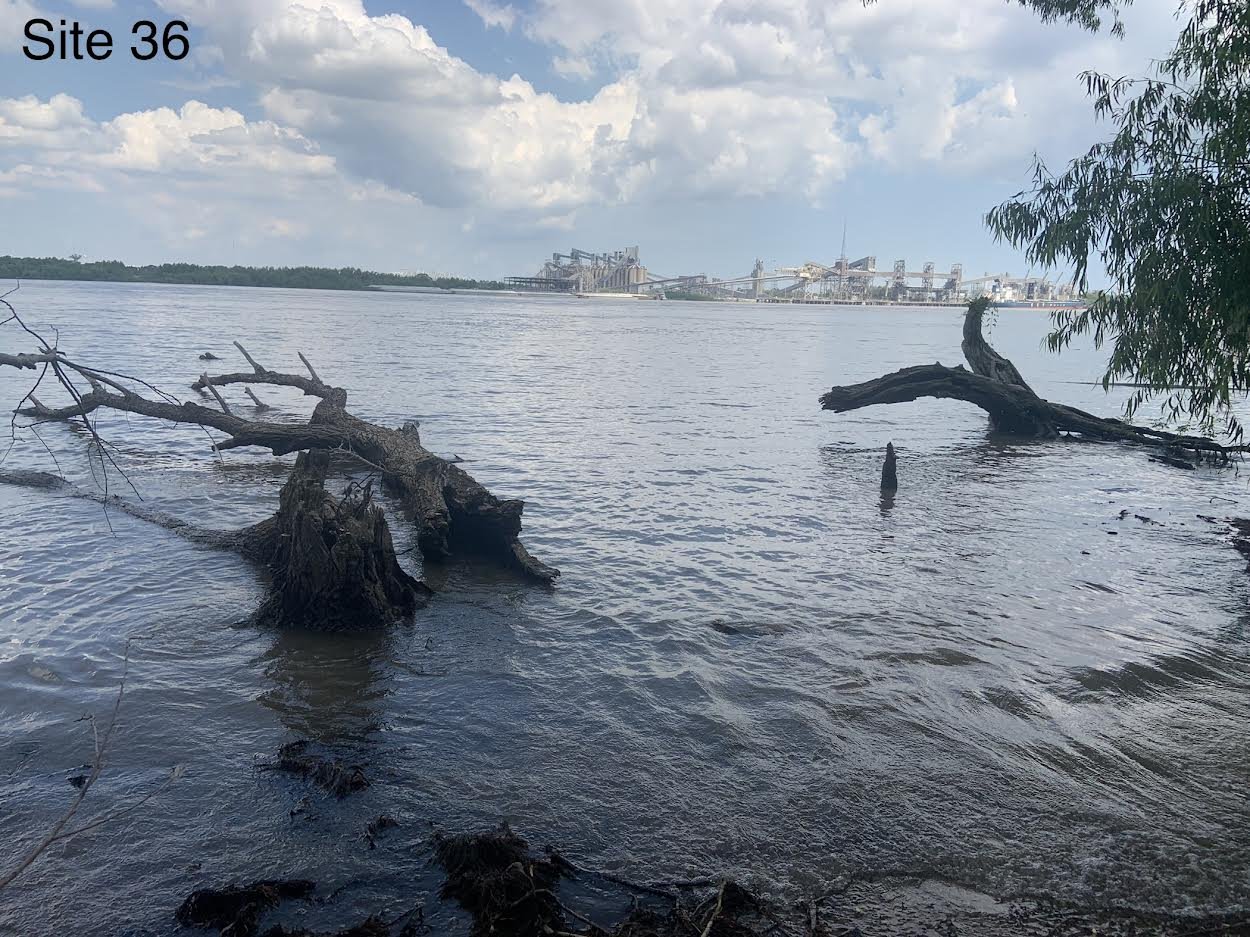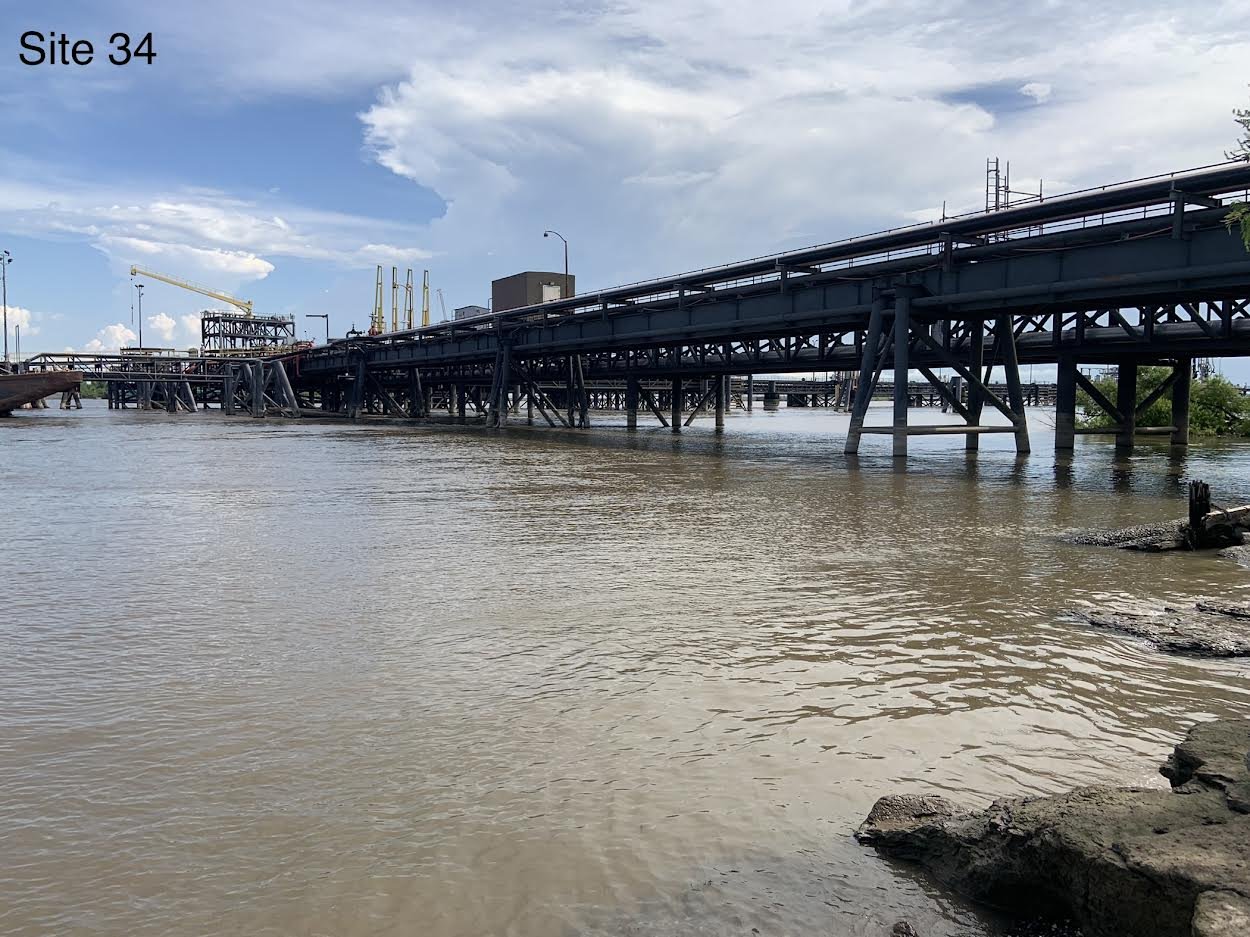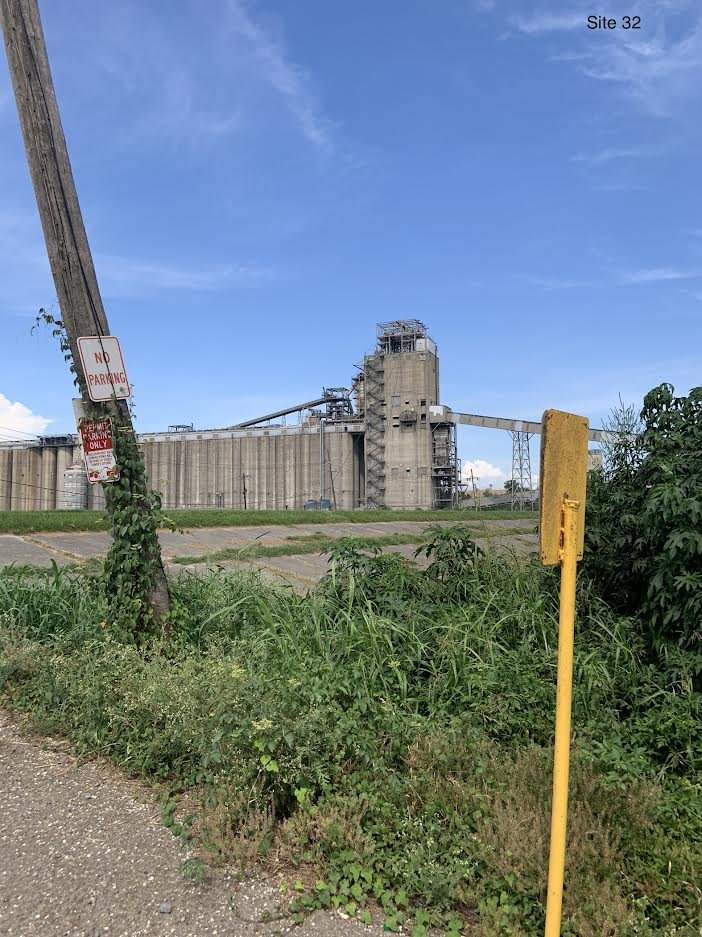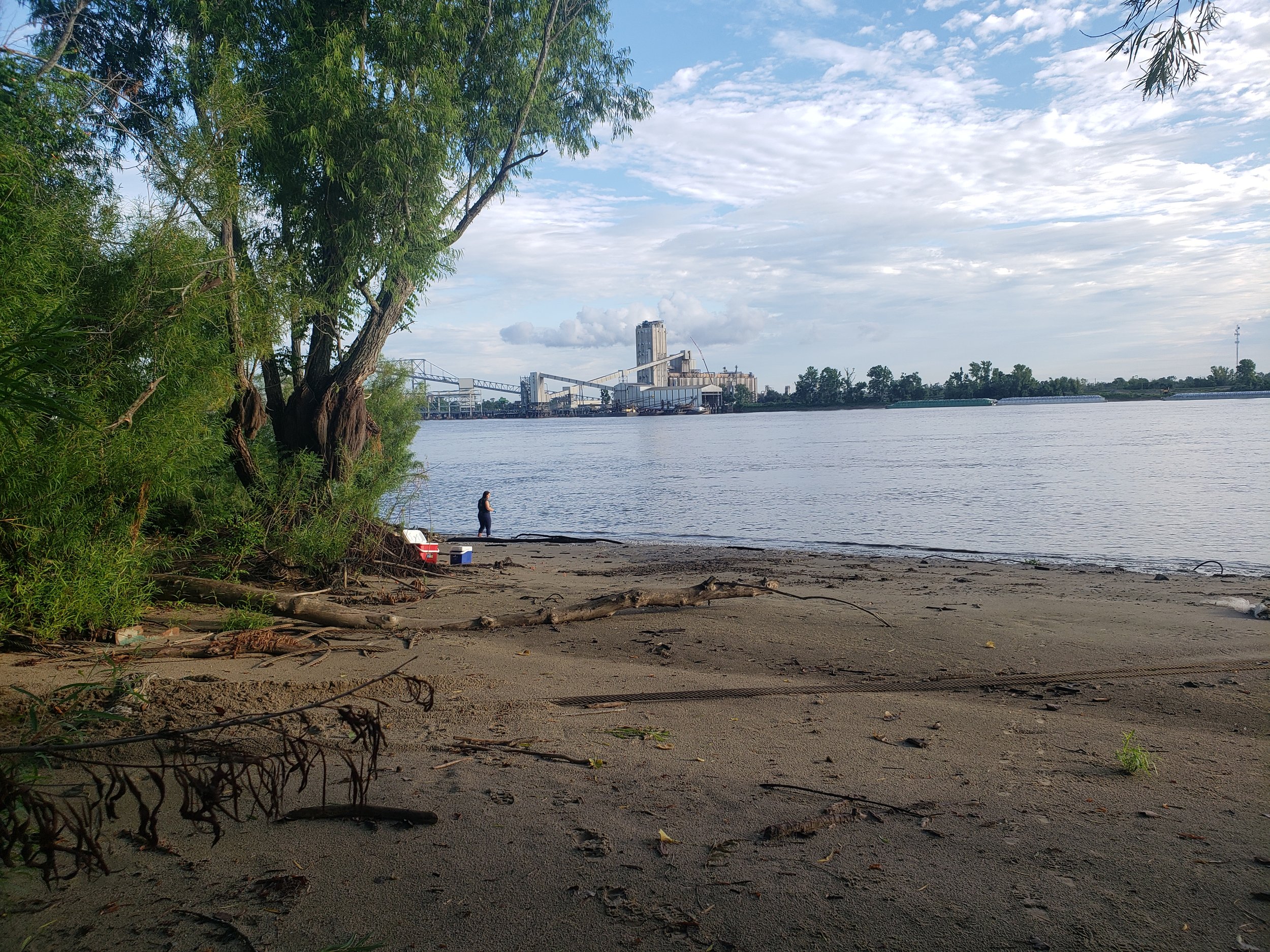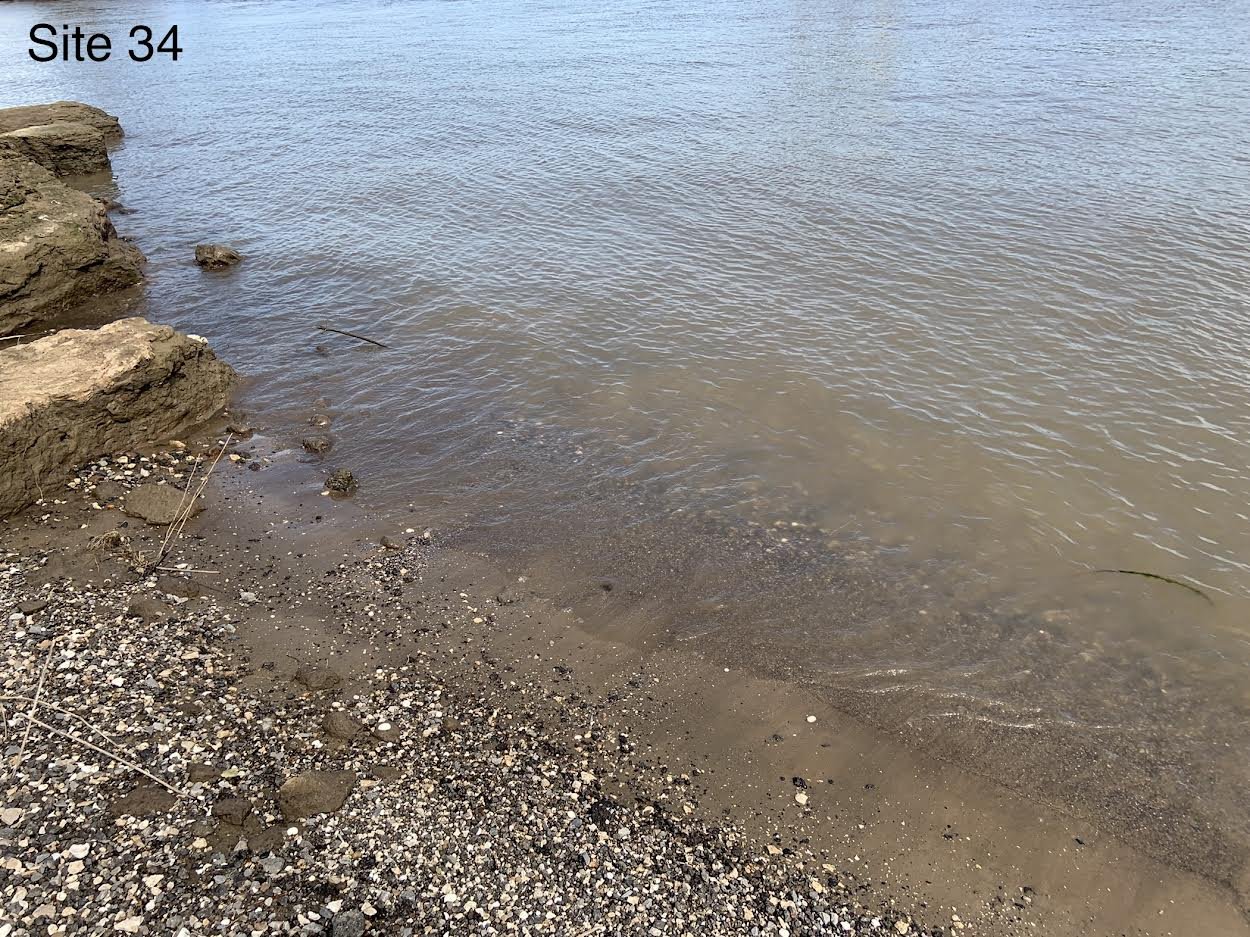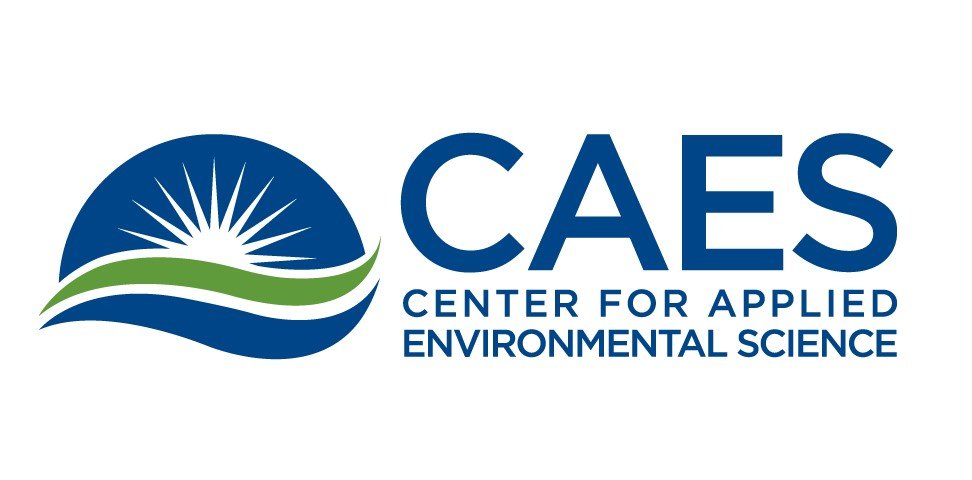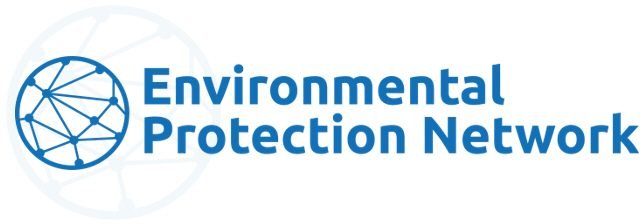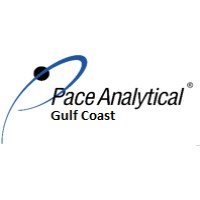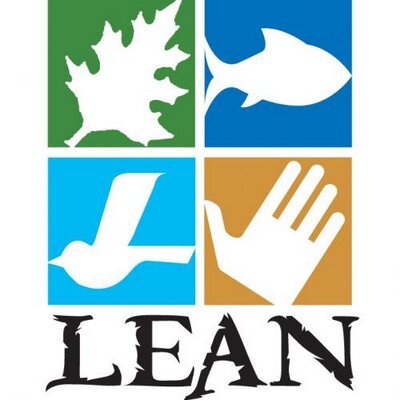River Water Testing in Cancer Alley
About the Project
Starting in the summer of 2022, The Water Collaborative of Greater New Orleans conducted a study on chemical contamination in the Mississippi River, the main source of drinking water for many communities in southeastern Louisiana. In the Industrial Corridor, known as Cancer Alley, over 1.6 million individuals are impacted by pollution of their environment, their communities, and their waterways. While air quality testing is underway in these parishes, there is a severe lack of water quality testing. Without information or data, we cannot advocate for better policies and practices that can help limit pollution.
What is Cancer Alley?
Cancer Alley is an 85-mile stretch of land between Baton Rouge and New Orleans that houses over 150 petrochemical facilities and complexes. Originally dubbed Plantation Country, the region has a long, dark history of injustices towards Black and Indigenous communities.
In the last century, pollution-emitting industries have continued to surround rural, lower-income, and BIPOC communities, releasing toxic chemicals into the surrounding water, air, and soil. The EPA’s Environmental Justice Screening and Mapping Tool, the EJScreen, indicates a NATA Cancer Risk in the 95-100 percentile for the region. According to a recent study by the Clean Air Task Force,
Black Americans are 75% more likely than white Americans to live in fence-line communities; communities that border industrial factories and plants. Black Americans are also three times more likely than any other group to die from pollution exposure. Anecdotally, residents complain of poor tasting, foul-smelling, and discolored water, prompting many residents to buy bottled water, ironically made from the same materials in the area causing cancer and other illnesses.
For questions or concerns regarding this project - email Taya Fontenette at taya@nolawater.org
Read our Reports
Community Voice is Critical to our Process
We are conducting this study to help empower residents, communities, and elected officials to make the best decisions and demands of corporations, businesses, and leadership in their parishes. Additionally, we hope that this project can influence water-related policies regarding water contamination and treatment.
It is imperative that our research includes community members impacted by water quality challenges. In August 2022, we are hosting a series of community meetings to engage with local residents about our project and findings. Through this, we hope to help community members understand the issues and advocate for better policies and practices. We aim to provide folks with the facts and empower communities to take matters into their own hands.
Contaminants
and Methodology
The Contaminants
PFAS represents a set of over 9,000 man-made chemical compounds that do not break down over time. This means that they build up in our environment, and even our bloodstreams, over time. PFAS compounds are used by industries and the military for a wide range of products, including many household products we use every day, such as nonstick cookware, plastic food packaging, and stain removers. These compounds are flushed into our waterways through industrial discharges and municipal wastewater systems and can re-enter our homes through tap water. PFAS are currently unregulated by the federal government and while public health risk data is limited, the CDC has concluded that PFAS are linked to increased risks of kidney and testicular cancer, low birth weight, higher cholesterol and blood pressure, and a decreased response to vaccines.
BTEX is an acronym for four different volatile organic compounds: benzene, toluene, ethylbenzene, and xylene. BTEX are used widely by the petrochemical industry, particularly crude oil and natural gas production. Hazardous waste sites can contain large amounts of BTEX, which can then leach into the water, soil, and air and affect the environment. BTEX is currently regulated by the federal government, although more rigorous standards could be set and enforced. Public health risks from BTEX exposure include leukemia and other blood cancers, neurological impairments, and kidney, liver, and blood system changes.
1,4-Dioxane is another volatile organic compound that is unregulated by the federal government. 1,4-Dioxane is commonly used as a stabilizer for various solvents and is found in many household items such as shampoos, laundry detergent, soaps, cleansers, and other hygiene products. The EPA has concluded that public health risks from 1,4-Dioxane include headaches, eyes, nose, and throat irritation, liver and kidney damage, and tumors.
Methodology
We studied several chemical compounds, including Per- and Poly-Fluoroalkyl Substances (PFAS) and several volatile organic compounds (BTEX and 1,4-Dioxane). Many of these are unregulated by the Environmental Protection Network (EPA), meaning safe public health limits have not been set or enforced. Our study included rigorous background research on impacted communities, including demographic data, public health data, and industrial data and emissions. We scouted numerous sites along the Mississippi River from Pointe Coupee Parish to Orleans Parish, ultimately collecting water and soil samples at 31 different locations. We worked with a nationally-certified laboratory to analyze our samples and found evidence of chemical contamination along the river banks.
Scenes from the Mississippi River in Cancer Alley
Learn More About Your Water
Meet The 2022 Fellows
Morgan Osbun
Hannah Stoner
Mohammed Alhamadn
